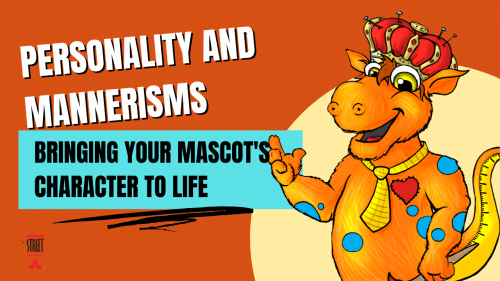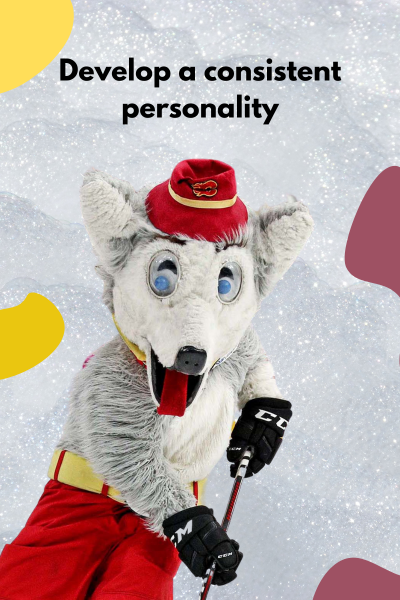
Bringing a mascot’s character to life is an important aspect of any mascot program, as it helps to make the mascot more relatable and engaging for the audience. Here are some tips for developing a mascot’s personality and mannerisms:
- Understand the character: Understanding the character of the mascot is the first step in developing their personality and mannerisms. This includes researching the mascot’s background, what they stand for, and their role in the organization. By understanding the character, you can develop a personality that is consistent with the mascot’s image and purpose.
- Observe animal behavior: Mascots are often based on animals, and observing animal behavior can be a useful tool in developing a mascot’s personality and mannerisms. Pay attention to how different animals move, express emotions, and interact with others, and incorporate these behaviors into the mascot’s character.
- Use body language and gestures: Body language and gestures can be used to convey a mascot’s personality and mannerisms. These can include things like the way the mascot moves, the way they hold their body, and the expressions they make with their face and eyes. Using body language and gestures can help to convey a mascot’s emotions and personality, and make them more relatable to the audience.
- Incorporate vocalizations: Vocalizations can be used to give a mascot a unique voice and personality. This can include things like a specific laugh, growl or cry, and it can help to make the mascot more relatable and engaging for the audience.
- Develop a consistent personality: Consistency is key when developing a mascot’s personality and mannerisms. Having a consistent personality and mannerisms helps to make the mascot more relatable and memorable for the audience, and it makes it easier for performers to portray the mascot’s character.
- Interact with audience: Interacting with the audience is an important aspect of bringing the mascot’s character to life. This can include things like engaging in conversations, playing games or giving out gifts. It can also include interacting with children and adults differently, for example, using a softer and friendlier approach with children.
- Have fun: Developing a mascot’s character and mannerism should be fun and enjoyable. If the performer is having fun bringing the mascot’s character to life, it will be more likely that the audience will have fun too.

In conclusion, bringing a mascot’s character to life is an important aspect of any mascot program. It helps to make the mascot more relatable and engaging for the audience. By understanding the character, observing animal behavior, using body language and gestures, incorporating vocalizations, developing a consistent personality, interacting with the audience and training the performers, a mascot’s personality and mannerisms can come to life. Remember to have fun and enjoy the process, as it will make it easier to create a memorable and relatable mascot character.